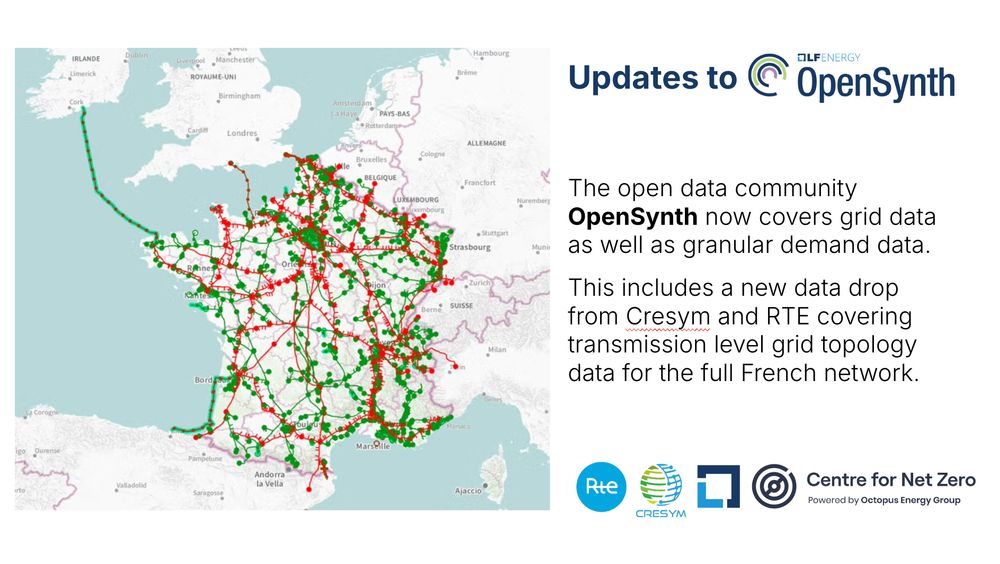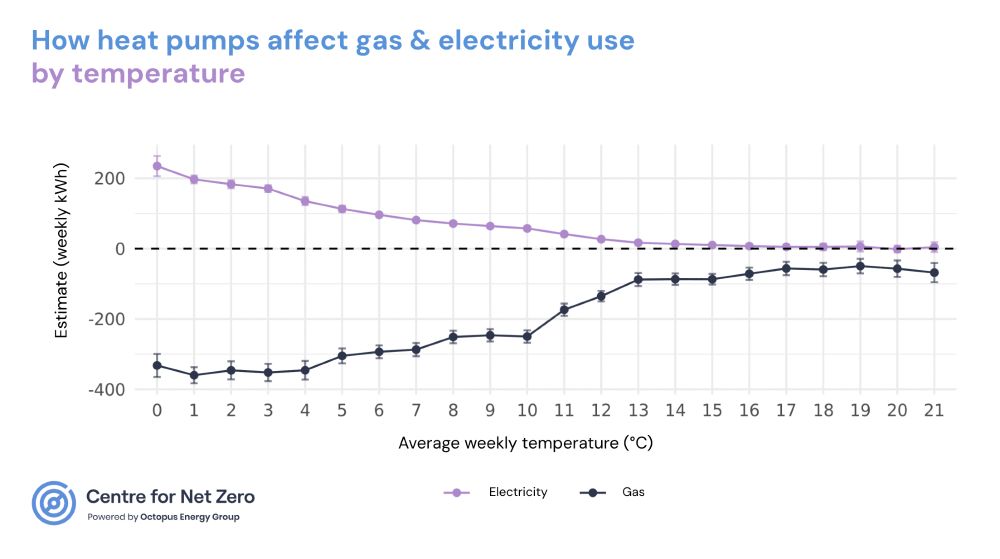Centre for Net Zero
@centrefornetzero.bsky.social
440 followers
850 following
100 posts
🐙 Energy research institute, founded by the Octopus Energy Group. Operating autonomously.
⚡️ Advancing tech-enabled energy systems that benefit humanity.
📊 Check out our research, papers & data: www.centrefornetzero.org
Posts
Media
Videos
Starter Packs
Reposted by Centre for Net Zero
Reposted by Centre for Net Zero
















